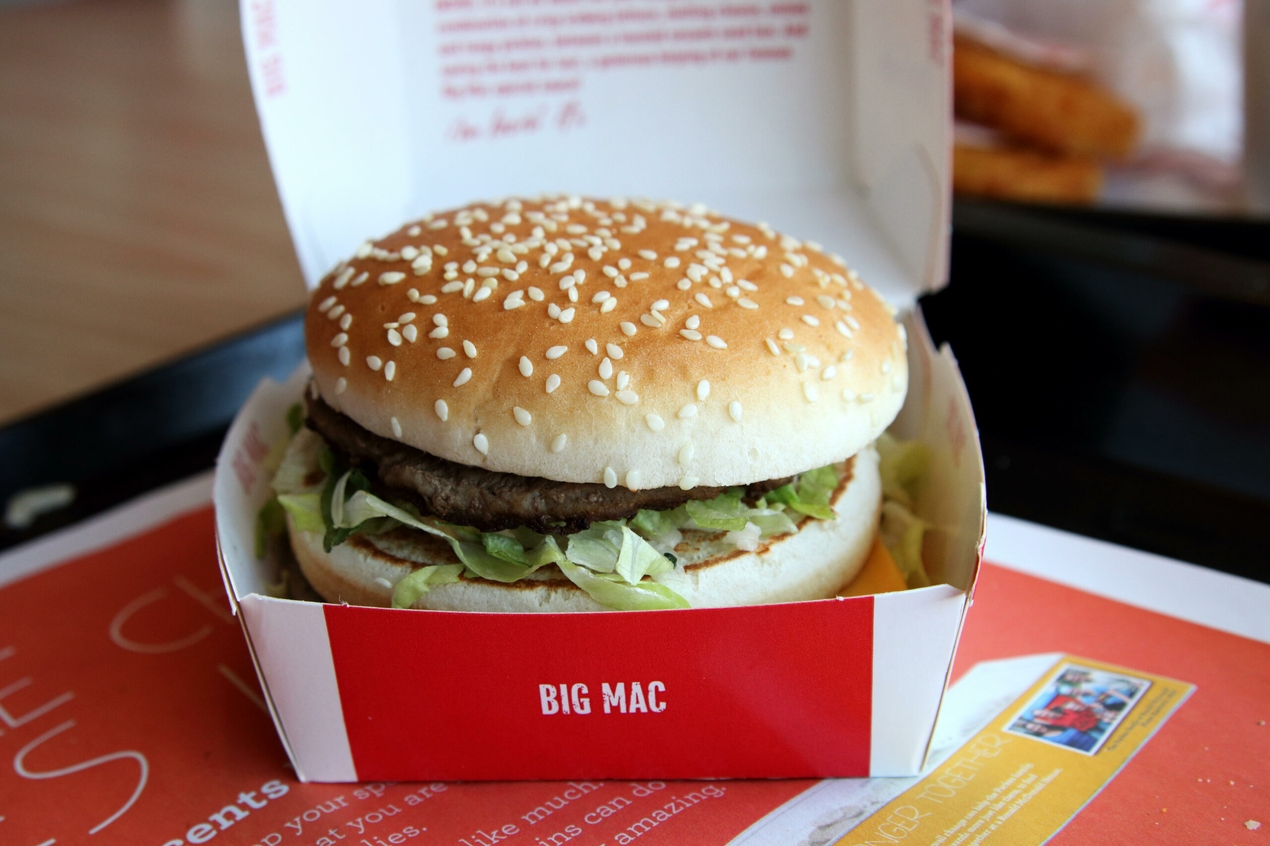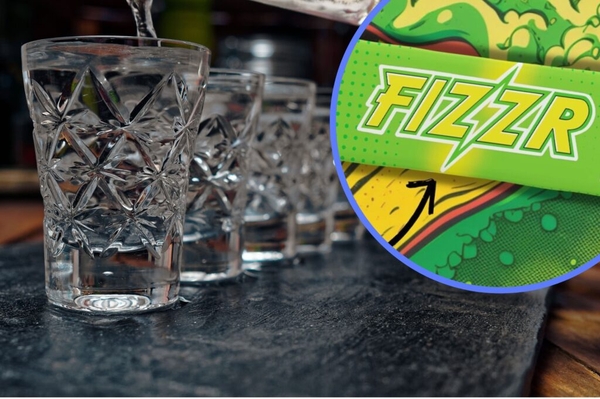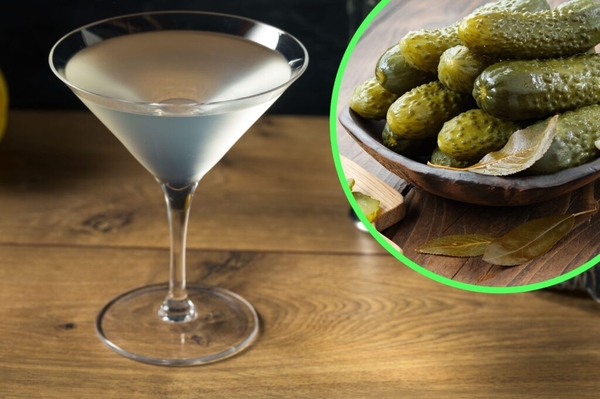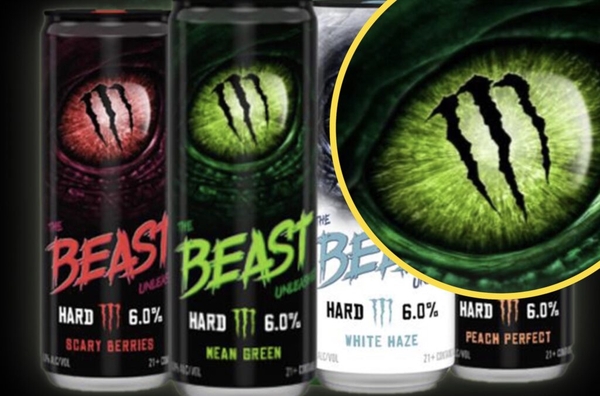The burger wars: when fast food giants went head to head
12 Apr 2018
5m

The year 1980 is best known for giving us the second instalment in everyone’s favourite war. As Darth Vader, Luke Skywalker and Princess Leia returned in The Empire Strikes Back, the Star Wars fever that changed pop culture forever went from serious to stratospheric. However, though many still think that The Empire vs The Rebellion was the only 80s conflict worth paying attention to, the decade also gave us another, less interstellar but equally influential clash. This war was not fought with lightsabers and the Force, nor TIE fighters and X-Wings. This war was fought with burgers.
The 20th century saw a radical transformation in the way we eat. For the first time, people had regular access to convenient, pre-packaged food. A vast world of produce opened up as advances in transport and storage made it easier than ever to experience a range of exotically prepared ingredients. Businesses began to focus on food that was straightforward, speedy and delicious – appealing to the new pace of life in the modern world. The fast-food franchise was born.
Chains such as McDonald’s and Burger King had been popular features of the foodscape since the 1950s. As time went by, both businesses saw their popularity swell. When the 80s began, fast food was an unavoidable fact of life across the entire western world. So many people were obsessed with speedy burgers that the market was becoming saturated. New kids on the block like Wendy’s made it even harder for a franchise to stand out. However, the battle for the number one spot raged on.
Advertising had always been a potent weapon in fast food’s arsenal. Both McDonald’s and Burger King exhibited a grudging respect, with the former aiming for a more family-friendly appeal and the latter emphasising quality and personal choice. The introduction of Happy Meals and the “Have it Your Way” slogan sum this up perfectly. However, the new pressures of the marketplace soon put an end to this jovial attitude. What had been a relatively friendly rivalry was about to turn into a bloodbath.
It was the smaller Burger King who struck first. A string of aggressive campaigns broadsided McDonald’s throughout the early years of the decade, drawing attention to the “poor quality” of McDonald’s cooking techniques and the superiority of Burger King’s taste. In many cases, the business was even mentioned directly by name, with one advert warning McDonald’s employees to “step out of the room”, before the food was savaged.
Like all good capitalists, McDonald’s were not going to take the assault lying down, and launched their own counterattack. In order to compete directly with Burger King’s best-selling Whopper, the Golden Arches launched the McDLT – a cheaper burger that used the same ingredients – with a campaign that suggested their rival’s signature was little more than a sorry, soggy excuse for a sandwich. Burger King’s response was to once again call out the poor quality of McDonald’s new menu item and emphasise their own flame grilled, “back-yard barbecue” style.
For all the shade being thrown by the industry leaders, it was a relative newcomer that really changed the game for the burger wars. In 1984, Wendy’s entered the fray with their now legendary advertising campaign, “Where’s the beef?”. Featuring a trio of hungry elderly ladies angrily demanding to know why their burger was all bun and no beef, Wendy’s stunned both McDonald’s and Burger King by claiming that their hamburgers contained more meat than both the Big Mac and Whopper. The campaign caught fire and was even used during the 1984 presidential debates. The world now knew that there was a new burger in town.
A three-way advertising arms race now dominated the airwaves. Burger King attack ads claimed that independent taste tests had proven that customers preferred their burgers to those of McDonald’s and Wendy’s. McDonald’s unsuccessfully took their rivals to court, while Wendy’s continued to question the whereabouts of their meat in ever more creative ways. As war raged overhead, smaller businesses like Hardees and In-N-Out focused on growing dedicated local followings, rather than get involved with the increasingly petty international squabbles of the industry leaders. Some argue that by only focusing on each other, the big three left the door open for others to enter the market.
As the 80s went on, the constant stream of advertising one-upmanship began to take its toll. The campaign for the McDLT cost McDonald’s an estimated $100 million alone, and the business spent around $350 million a year on advertising. Burger King were forced to lay off over 100 staff from their corporate headquarters, while Wendy’s reported its first ever quarterly losses towards the end of the decade. War, whatever you’re fighting over, is always expensive. Eventually, the costs proved too great even for these mega businesses. The slew of attack ads subsided, and the market returned to relative normality.
However, it’s become clear that this peace is destined to be relatively short-lived. The pressure of an incredibly cutthroat burger market has continued to fan the flames of competition. This was all too obvious during this year’s Super Bowl, when Wendy’s slaughtered McDonald’s for using frozen beef in their burgers, much to the public’s amusement. In 2014, USA Today claimed that Burger King were looking to reignite the conflict by cloning McDonald’s fan favourites the McRib and Big Mac. The market may have changed, but the fight continues.
With today’s industry more diverse than ever before, the fast food giants that dominated the 80s have an even greater fight on their hands. For many consumers, convenience is less important than quality. This has seen high end, “gourmet” options carve out their own niche in the market and forced larger businesses to rethink their strategies. There is now a clear divide between customers who value personal, exceptional cooking and those who care about cost. With many people inherently suspicious of big business, it seems that the type of all-out aggression that worked so well will no longer fly against plucky independent underdogs. Whatever the future holds for the burger wars, the modern reboot promises to be fascinating.


